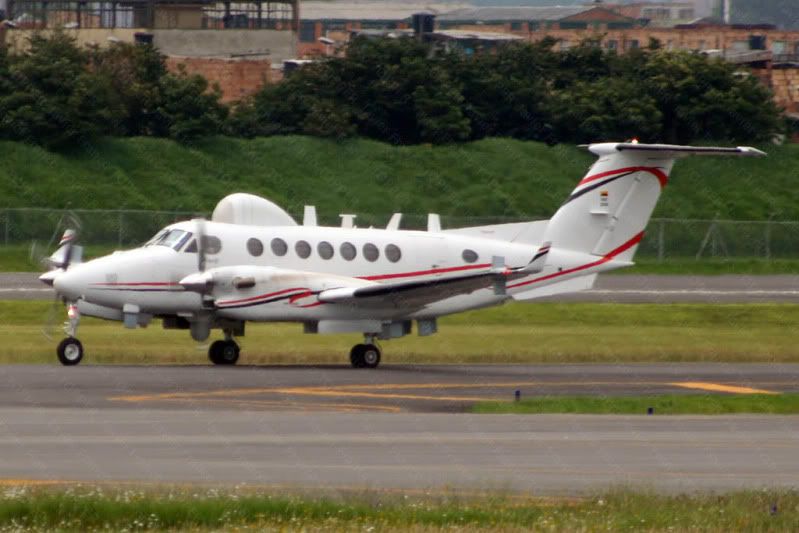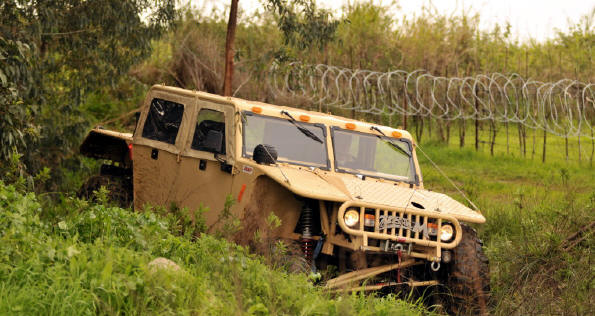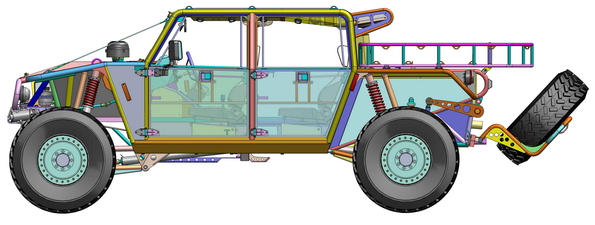Se acuerdan de unas viejas discusiones sobre la efectividad y alcance de los calibres 5.56 y 7.62 y las intenciones de que el 5.56 fuese modificado por parte de la NATO a un calibre intermedio? pues aquí hay un poco mas de información y tal vez estén interesados en leerlo ;) un saludo
US rifles not suited to warfare in Afghan hills
By SLOBODAN LEKIC
Associated Press Writer
KABUL, Afghanistan (AP) -- The U.S. military's workhorse rifle - used in battle for the last 40 years - is proving less effective in Afghanistan against the Taliban's more primitive but longer range weapons.
As a result, the U.S. is reevaluating the performance of its standard M-4 rifle and considering a switch to weapons that fire a larger round largely discarded in the 1960s.
The M-4 is an updated version of the M-16, which was designed for close quarters combat in Vietnam. It worked well in Iraq, where much of the fighting was in cities such as Baghdad, Ramadi and Fallujah.
But a U.S. Army study found that the 5.56 mm bullets fired from M-4s don't retain enough velocity at distances greater than 1,000 feet (300 meters) to kill an adversary. In hilly regions of Afghanistan, NATO and insurgent forces are often 2,000 to 2,500 feet (600-800 meters) apart.
Afghans have a tradition of long-range ambushes against foreign forces. During the 1832-1842 British-Afghan war, the British found that their Brown Bess muskets could not reach insurgent sharpshooters firing higher-caliber Jezzail flintlocks.
Soviet soldiers in the 1980s found that their AK-47 rifles could not match the World War II-era bolt-action Lee-Enfield and Mauser rifles used by mujahedeen rebels.
"These are important considerations in Afghanistan, where NATO forces are frequently attacked by insurgents using ... sharpshooter's rifles, which are all chambered for a full-powered cartridge which dates back to the 1890s," said Paul Cornish, curator of firearms at the Imperial War Museum in London.
The heavier bullets enable Taliban militants to shoot at U.S. and NATO soldiers from positions well beyond the effective range of the coalition's rifles.
To counter these tactics, the U.S. military is designating nine soldiers in each infantry company to serve as sharpshooters, according to Maj. Thomas Ehrhart, who wrote the Army study. They are equipped with the new M-110 sniper rifle, which fires a larger 7.62 mm round and is accurate to at least 2,500 feet (800 meters).
At the heart of the debate is whether a soldier is better off with the more-rapid firepower of the 5.56mm bullets or with the longer range of the 7.62 mm bullets.
"The reason we employ the M-4 is because it's a close-in weapon, since we anticipate house-to-house fighting in many situations," said Lt. Col. Denis J. Riel, a NATO spokesman.
He added that each squad also has light machine guns and automatic grenade launchers for the long-range engagements common in Afghanistan.
In the early years of the Vietnam War, the Army's standard rifle was the M-14, which fired a 7.62 mm bullet. The gun had too much recoil to be controllable during automatic firing and was considered too unwieldily for close-quarter jungle warfare. The M-16 replaced it in the mid-1960s.
Lighter bullets also meant soldiers could carry more ammunition on lengthy jungle patrols.
The M-16 started a general trend toward smaller cartridges. Other weapons such as the French FAMAS and the British L85A1 adopted them, and the round became standardized as the "5.56mm NATO."
The Soviet Union, whose AK-47 already used a shorter 7.62 mm bullet that was less powerful but more controllable, created a smaller 5.45mm round for its replacement AK-74s.
"The 5.56 mm caliber is more lethal since it can put more rounds on target," said Col. Douglas Tamilio, program manager for U.S. Army firearms at the Picatinny Arsenal in New Jersey. "But at 500-600 meters (1,600-2,000 feet), the round doesn't have stopping power, since the weapon system was never designed for that."
The arsenal, which is the Army's center for small-arms development, is trying to find a solution.
A possible compromise would be an interim-caliber round combining the best characteristics of the 5.56mm and 7.62mm cartridges, Tamilio said.
The challenge is compounded by the fact that in flat areas of Afghanistan, most firefights take place at shorter ranges of up to 1,000 feet (300 meters), where the M-4 performs well.
U.S. soldiers in militant-infested Zhari district in southern Afghanistan's Kandahar province said they haven't experienced problems with the range of their M-4 rifles.
Lt. Scott Doyle, a platoon commander in Zhari, said his troops are usually facing Taliban AK-47s.
"When the Taliban get past 300 meters (1,000 feet) with an AK-47, they are just spraying and praying," he said.
Martin Fackler, a ballistics expert, also defended the 5.56 mm round, blaming the M-4s inadequate performance on its short barrel, which makes it easier for soldiers to scramble out of modern armored vehicles.
"Unfortunately weapon engineers shortened the M-16's barrel to irrational lengths," Fackler said. "It was meant for a 20-inch barrel. What they've done by cutting the barrel to 14.5 inches is that they've lost a lot of velocity."
---
Associated Press correspondent Sebastian Abbot in Lako Khel, Afghanistan contributed to this report.
© 2010 The Associated Press. All rights reserved. This material may not be published, broadcast, rewritten or redistributed. Learn more about our Privacy Policy.
http://hosted.ap.org/dynamic/stories/A/ ... 1-04-41-59Dulce et decorum est pro patria mori, sed dulcius pro patria vivere, et dulcissimum pro patria bibere. Ergo, bibamus pro salute patriae.
Nací libre como el viento de las selvas antioqueñas, como el cóndor de los Andes que de monte en monte vuela.

















